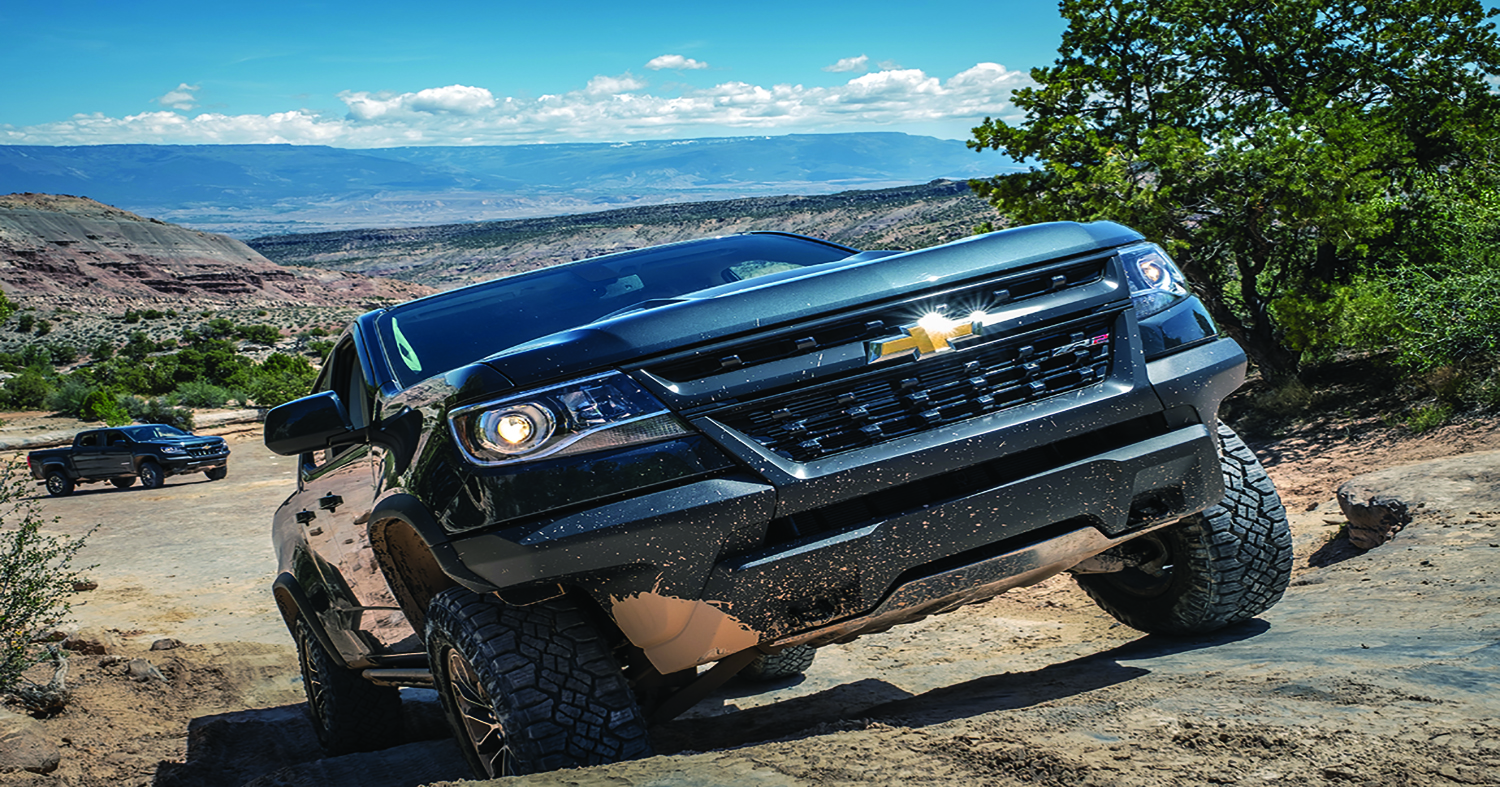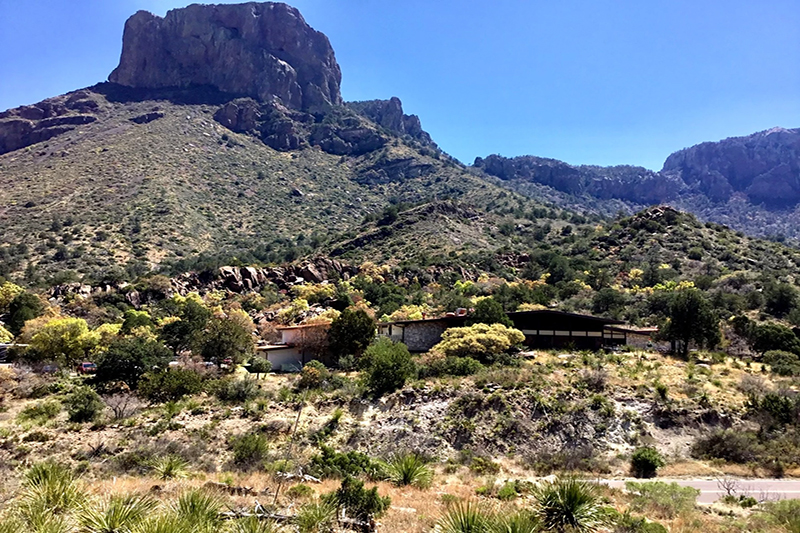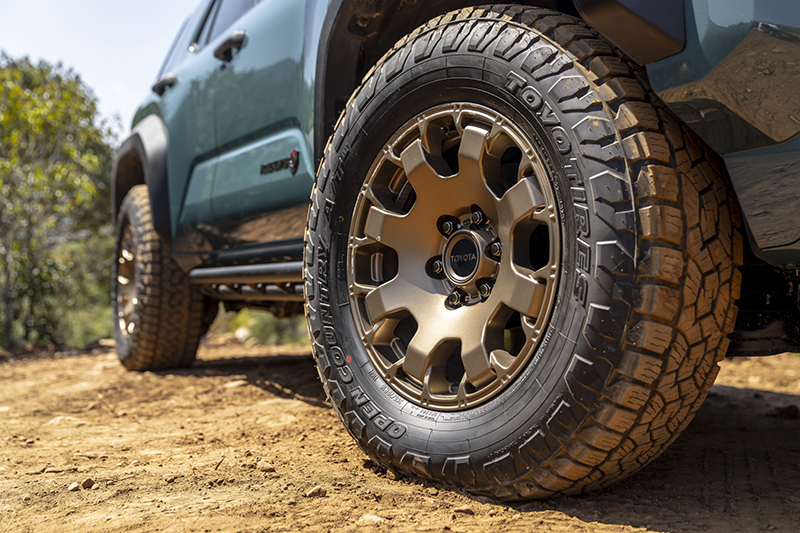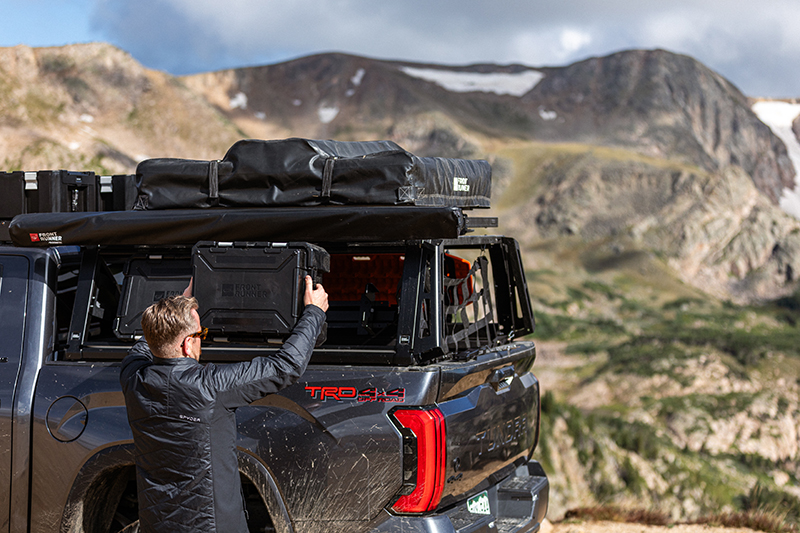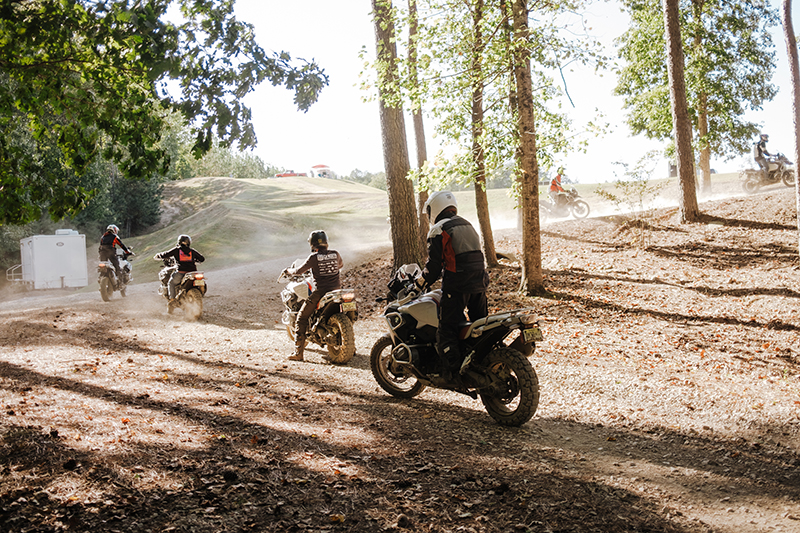Is Chevy’s ZR2 a near perfect overland truck?
“Thirty-seven miles per hour and straight on,” said a lead engineer from the passenger seat. Then a feeling rose in my stomach — something between exhilaration and trepidation — as I launched this brand-new truck over a table-top jump at a speed approaching 40 miles per hour. That speed may not sound like much, but I was getting four-wheel lift during an atypical test drive of an atypical truck. The Chevrolet engineers had pulled out all the stops, allowing us to really push the limits of their Colorado ZR2.
I had just arrived at Chevrolet’s media launch at a hotel south of Grand Junction, Colorado when I was greeted by the team of designers and engineers for the ZR2. After lunch and formalities, I was tossed a set of keys, paired with an engineer, and told we were headed to the trophy truck course. Driving through a beautiful red canyon on a narrow, winding dirt road, I barely had the chance to get a feel for the truck before we were at the track and donning helmets and neck restraints. After receiving the compulsory safety brief, we walked over to a line-up of at least one of every configuration available: crew cab or access cab in diesel or gas. Knowing many of our readers would be interested in the crew cab diesel, I chose it first.
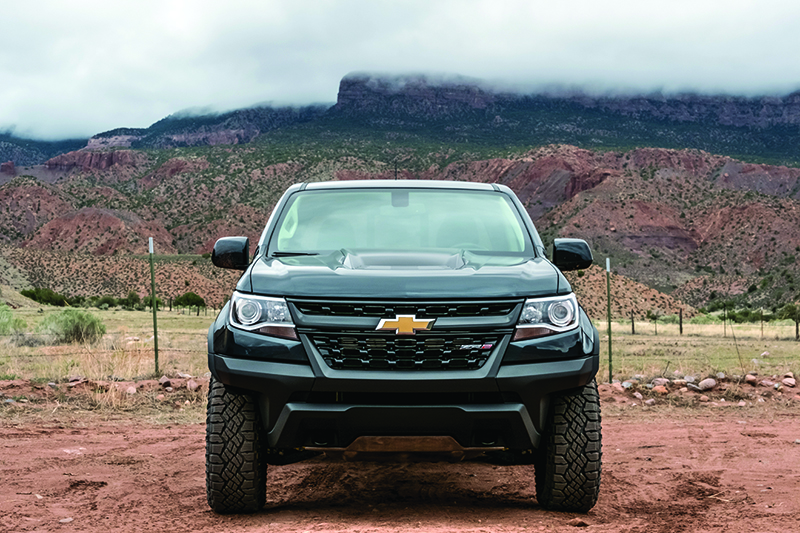
A wide stance and raised hood detail give the ZR2 an aggressive and confident appearance.
A grin began forming on my face as I turned the key to start the little 2.8L Duramax diesel. As it came to life with its tell-tale clatter, I remember whispering, “This could be a game changer.” In the U.S. mid-size truck segment, there are currently no competitors with diesel engines or proper off-road options and the diesel engine is one of our biggest wants (especially those of us interested in overlanding). I’ll get back to the specifics on the engines later. After a slow parade lap to get a feel for the course, I turned off the traction control (which works very well, actually) and squeezed as much torque from the juicy little diesel’s engine as I could. Sweeping turns, table-top jumps, whoops, late apex and decreasing radius turns. I had only ever driven like this in a modified VW Beetle, purpose built for desert racing. I will tell you, the ZR2 is nothing like the VW… nor do its competitors have much stake in the game. The truck exceeds the limits of its competitors, including the Toyota Tacoma TRD Offroad, Ford Ranger and Jeep Gladiator.
So, what makes this truck better than average? It has the right stuff… from the factory. That statement could be labeled subjective, but for the overlander consider the basic build specifications: powerful gas or torquey diesel engine, a finely tuned and adaptive suspension, aluminum skid plates, rock sliders, front and rear locking differentials, proper off-road tires, and a fair payload and towing capacity. In short, the truck is ready to go from the factory.
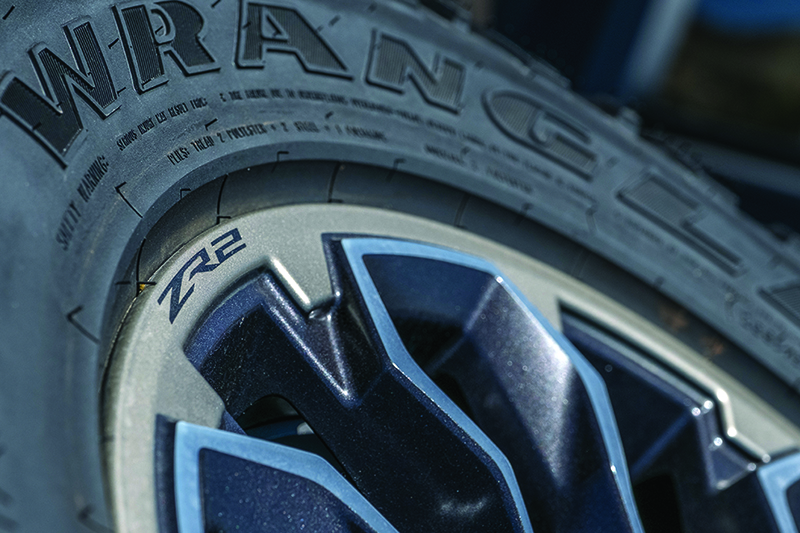
Each of the truck’s alloy wheels is branded with the ZR2 logo
When it comes to the suspension of an off-road truck, Formula 1 is probably the last thing to come to mind. However, Chevrolet went through great lengths designing the suspension on this truck, turning to the Formula 1 suspension specialists at Multimatic to engineer a damping system specific to the ZR2. What Multimatic provided was an off-road-tuned version of their Performance Dynamic Suspensions Spool Valve (DSSV) damper, a position-sensitive spool valve damper and a first in the off-road world. Why is that special? In short (we were given a 40-slide PowerPoint presentation on the subject), the DSSV system allows for predictable, accurate, and repeatable damping performance in a wide range of scenarios. The spool valve system’s merit lies in tailor-shaped internal ports that improve the precision and effective range available to engineers as they tune the shocks. On the ZR2, the spool valve system was moved to an integrated remote valve block with an external reservoir, providing more travel for off-road use, increased hydraulic oil and nitrogen capacity, and enhanced cooling.
The suspension was just as much at home on the highway as it was on the trophy truck course, managing transitions left to right and from braking to acceleration with nearly imperceptible load transfer. It provided a comfortable ride in most instances, though a fellow journalist and I agreed the suspension did not handle lateral jostling in stone-covered trails as effectively as soft off-road shocks. Overall, the suspension is in a different league than the factory Bilstein suspension which came on my Tacoma.
The 2.8L Duramax turbo-diesel produces a staunch 369 lb./ft. of torque as well as a healthy 186 horsepower and is mated to a six-speed transmission. What about fuel economy? During my time with the truck I was very disappointed and I would have expected far better fuel economy from a diesel. At 19 mpg city and 22 mpg highway, I do not see the advantage. My diesel test vehicle averaged 19.8 miles per gallon in a 50-mile test of mixed highway and off-road driving. The 308-horsepower, 275-lb./ft. of torque gas equivalent (mated to an eight-speed transmission) consumed only 3.2 mpg less on the same course, with official numbers at 16 and 18 mpg respectively. While an engineer assured me that the Duramax will improve as the engine breaks in, I can hardly imagine a huge improvement. Overall, I preferred the gas engine, but the diesel has that “cool” factor. Why? Off-roaders and overlanders have few diesel options. In reality, the power and torque are generally delivered at low RPMs, leading to more efficient movement of heavy loads and making off-road driving a little more controllable. Also, diesel engines tend to have lower average fuel consumption than gas engines, leading to a longer fuel range (my observations proved this negligible). My primary criticism, which I shared with the Chevrolet engineers, is the throttle response from the diesel engine. Even with almost 100 ft./lb. more torque available over the gas engine, the diesel’s turbo didn’t spool up quickly enough to demonstrate much of a difference. Coolness aside, my preference is the V6 gas engine and its eight-speed transmission, especially considering the $3500 price difference. It just felt and sounded great.
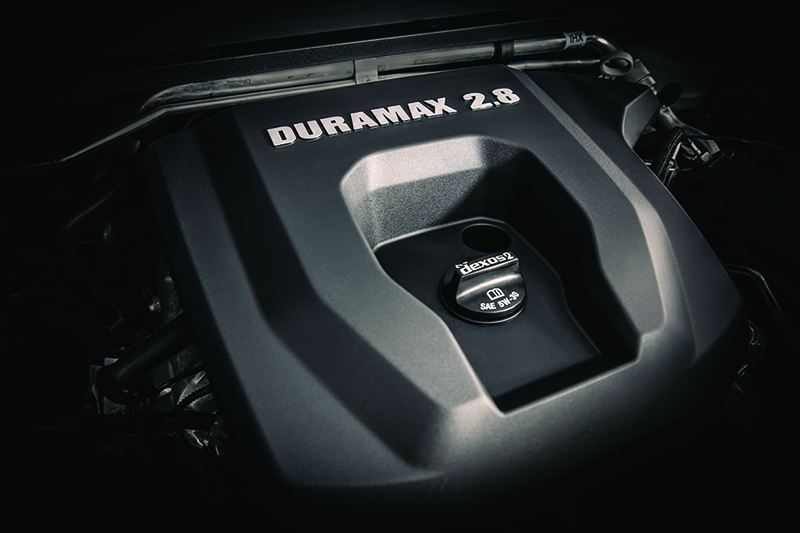
The Duramax 2.8L Diesel
The ZR2 really shows that Chevrolet has been paying attention to the consumer market, and it is the details that set this truck apart from its mid-size truck competition. It is all a balancing act, but Chevrolet was able to incorporate aspects and desires of high speed desert drivers and rock crawlers and inadvertently built a nearly perfect overland vehicle. Locking front and rear differentials give positive traction when needed and both can be activated and deactivated while moving; the rear axle can be locked in two-wheel drive. The Tacoma, on the other hand, must be stationary to lock its rear locker. The truck is also equipped with rock sliders, and while they are mounted to the body, they have been engineered for high clearance and are strong enough to support the vehicle. Another understated off-road feature setting the ZR2 apart from the other Colorado trim levels is its aggressive yet practical styling. It has a wider stance than the other trims as well as a unique high clearance front bumper, cut out in front of the wheels to better tackle obstacles and offering an approach angle of 30°.
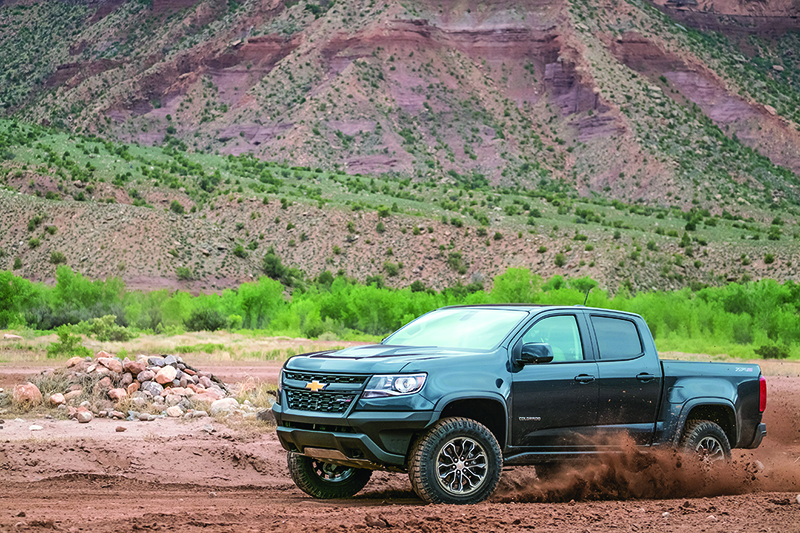
Staying planted and well in control, the ZR2’s Multimatic suspension handles the vehicle superbly.
Day Two of testing started off on the open road, headed toward an OHV area near Grand Junction. Compared to the trophy truck course, this day would provide a much more mellow and practical test of the truck’s comforts and capabilities. At Bangs Canyon OHV area, we had the opportunity to put the lockers and rock sliders to the test. The diesel engine really scooted along nicely and I was happy with its highway manners. The interior is comfortable but not luxurious, and is the typical cheap plastic wasteland of modern cars. Controls are as one would expect, in reach and very intuitive, another strike against my Tacoma. I really appreciated the Apple Carplay as well; I had never used it before, but it is much easier to use than Toyota’s Entune system.
In Bangs Canyon, we navigated several narrow trails with a wide variety of obstacles. The truck’s suspension articulates nicely, and while the tires are fairly short, the truck could flex and stuff the tires without rubbing. Ground clearance was acceptable, though on multiple occasions we accidentally slammed the truck down on its skid plates or rock sliders, which showed no signs of abuse. An area of slick rock presented itself with ledges of nearly 20 inches, which were easily conquered due to the front and rear lockers. However, it was in these conditions where my mind was made up on preferring the gas engine over the slow responding diesel. Because turbo diesels use engine RPM to “spool” the turbo, turbo lag is a possibility. I felt to get the vehicle moving, I needed to press the accelerator too far before the vehicle began moving. Chevrolet’s engineers felt this could be improved some by adjusting the vehicle’s throttle response curve. My concerns were even written down in the engineer’s notebook.
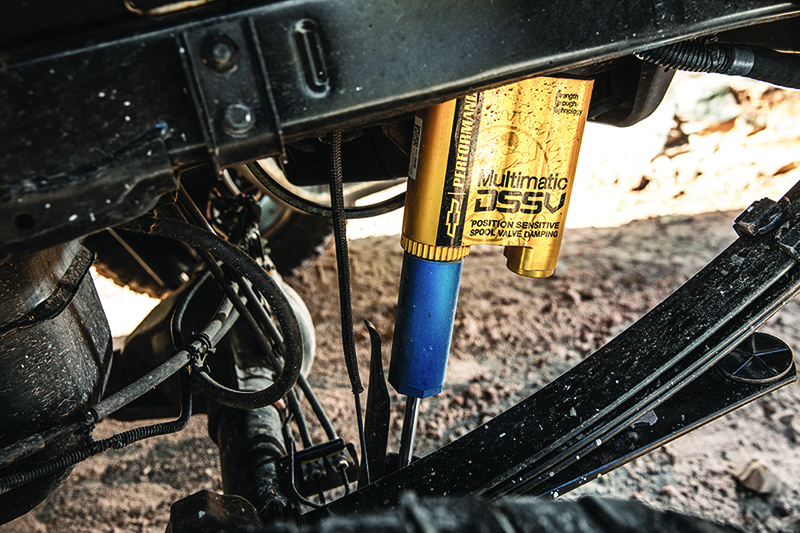
Inside the unusual design of the DSSV dampers are spool valves which allow the suspension to work so well.
I’ve now made a few negative statements about Toyota and the Tacoma and want to elaborate on that. I owned the 2017 Tacoma TRD Offroad and, while I like it, there are some things (previously noted) I’m not thrilled about, things that Toyota, like all manufacturers, just gets wrong or doesn’t pay attention to. Sometimes they think they know best and do not consider the consumer. Sure, most normal people do not take their vehicles off road and, yes, the manufacturer must produce a vehicle that appeals to the demands of the majority. This is where I really appreciate what Chevrolet has done with the ZR2. The Toyota Tacoma TRD Pro (Toyota’s pinnacle off-road trim level) is supposed to be the closest competitor to the ZR2. It has the same features as the TRD Offroad but is also equipped with Fox shock absorbers, red leather stitching inside, and an additional $10,000 sticker price. Chevrolet, on the other hand, has taken a vehicle that is very capable in its lower trim levels and actually made a different truck. Yes, it appeals to a smaller segment, but the ZR2 isn’t accumulating dust in the parking lot… even with a price tag that approaches that of the Ford Raptor.
Toyota’s history of producing reliable vehicles doesn’t mean their products can’t become mediocre, and some believe that is already happening. They should couple the creativity of their teenage anime artists with the ingenuity of their engineers and produce vehicles that work for the U.S. market while still offering what consumers want. On the other hand, Chevrolet Colorado ZR2 is just as fantastic in the real world as it is on paper. In my opinion as a lifelong Toyota enthusiast, Chevrolet has a game changer and has brought together all the right stuff. I highly commend the engineers and designers at Chevrolet and applaud them on a job well done. Thank you for taking this big step and creating a fantastic truck.

Front and rear lockers made easy work of difficult terrain.
Editor’s Note: OutdoorX4 also attended the launch of the Chevy ZR2 Bison, a truck built in collaboration with American Expedition Vehicles. You can read that review by clicking HERE.
OutdoorX4 Magazine – Promoting responsible vehicle-based adventure travel and outdoors adventure


